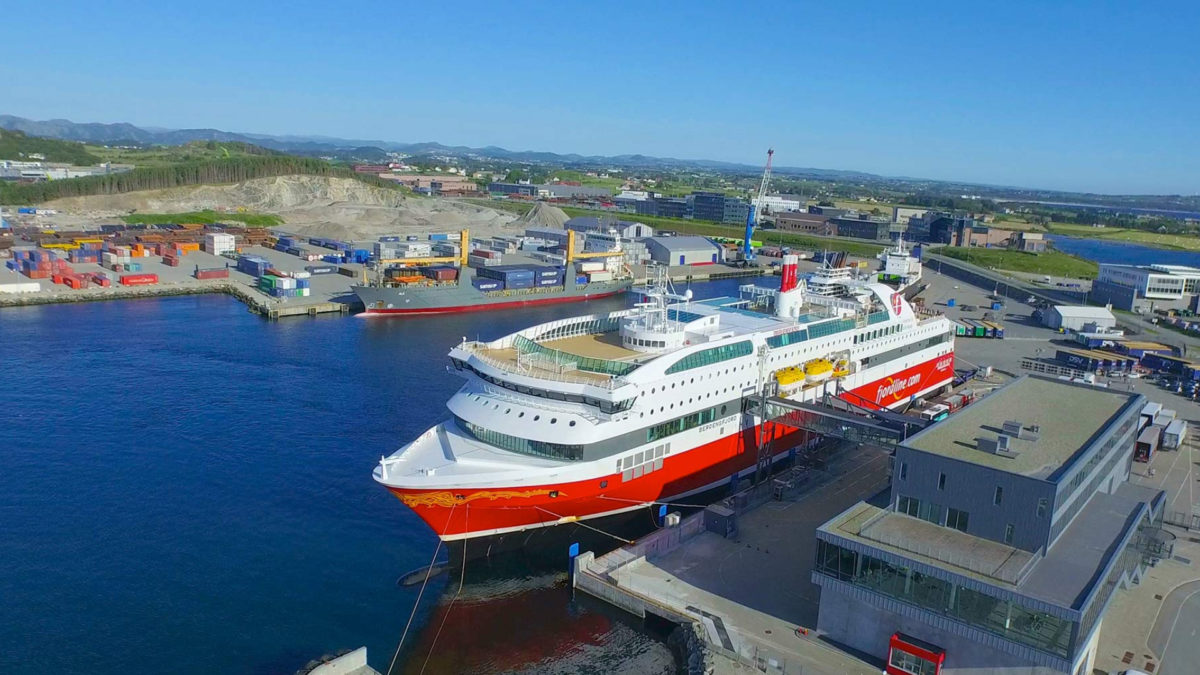Ports are logistics hubs, and low-energy consumption and environmentally friendly solutions in ports are important for the overall environmental footprint of sea-based transport solutions.
Pilot owner Port of Risavika (now part of Port of Stavanger) wanted to develop into a pioneer port in terms of low energy use and low environmental emissions, both related to the activities on land and at sea.
The aim of the pilot project was to identify feasibility through analysis of technical needs and to highlight possibilities for electrification solutions. The pilot therefore assessed electrically operated cranes and other equipment, environmentally efficient lighting and building stock, shore power stations, battery-powered ships and hybrid vessels, and land distribution (entry and exit) of goods. Part of the solution was the use of Smartgate to control trucks at the port terminal.
By analysing their own energy consumption and providing liquid natural gas and power supply to ships at quays, ports can become green energy and logistics hubs for the benefit of the port itself and for ships and trucks that operate there.
Status
The Port of Risavika has achieved major reductions in emissions and costs by making climate and environmental issues a central part of its business strategy. It has become a showcase for other ports, and they are working on improvements. The Port of Risavika is today among the world’s largest bunkering ports for LNG-powered vessels.
Implementation of the Smartgate halved the turnaround time of trucks inside the terminal. Greenhouse gas emissions and local pollutants (SOx, NOx and particles) were also more than halved.

